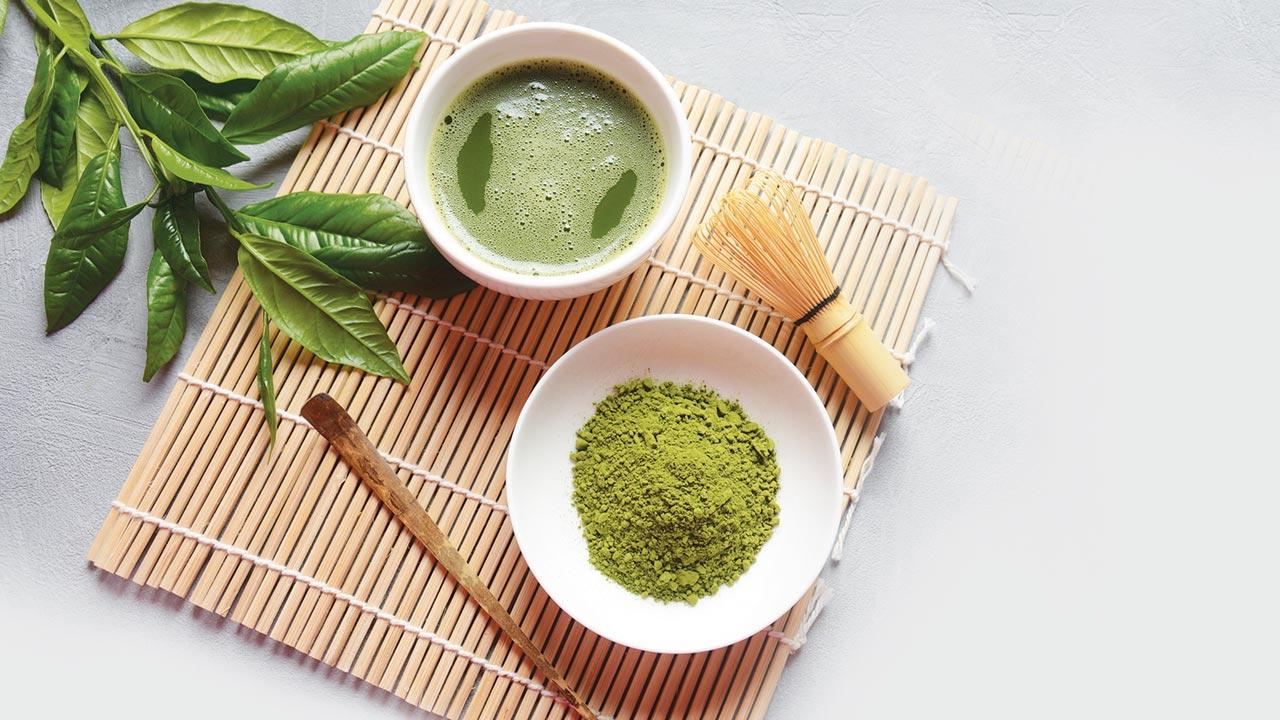📘 Solutions Class -12 – NEET के लिए Full Chapter Summary
📘 Solutions – NEET के लिए Full Chapter Summary
🔹 1. Types of Solutions
-
Binary Solution = Solute + Solvent
Example: Sugar in water -
Types based on states:
-
Gas in gas (air)
-
Gas in liquid (CO₂ in soda)
-
Liquid in liquid (alcohol + water)
-
Solid in liquid (salt in water)
-
🔹 2. Concentration Terms
| Term | Formula | Units |
|---|---|---|
| Mass % | % | |
| Mole fraction (χ) | Unitless | |
| Molarity (M) | mol/L | |
| Molality (m) | mol/kg |
NEET Tip: Confuse मत होना – molarity = volume-based, molality = mass-based (temperature independent!)
🔹 3. Solubility
-
Depends on nature of solute & solvent + temperature
-
Solid in liquid: solubility ↑ with temp
-
Gas in liquid: solubility ↓ with temp, ↑ with pressure
🔹 4. Henry’s Law
-
: partial pressure of gas
-
: mole fraction of gas in liquid
-
: Henry's constant
NEET Trick: Higher pressure → more gas dissolves
🔹 5. Raoult’s Law
-
For ideal solutions: obey Raoult’s law at all concentrations
-
For non-ideal: show +ve or –ve deviation
+ve deviation = weak interactions
–ve deviation = strong interactions
🔹 6. Ideal & Non-Ideal Solutions
| Type | Behavior | Example |
|---|---|---|
| Ideal | No ΔHmix, no ΔVmix | benzene + toluene |
| Non-Ideal | ΔHmix ≠ 0, ΔVmix ≠ 0 | ethanol + water |
🔹 7. Colligative Properties (Depend on number of solute particles)
(i) Relative Lowering of Vapour Pressure
(ii) Elevation of Boiling Point
(iii) Depression of Freezing Point
(iv) Osmotic Pressure
NEET Tip: Osmotic pressure का formula सबसे ज्यादा पूछा जाता है numericals में
🔹 8. Van’t Hoff Factor (i)
Used for association/dissociation in solutions:
-
For NaCl, i ≈ 2
-
For glucose, i = 1 (no dissociation)
🔹 9. Abnormal Molar Mass
Occurs due to association/dissociation
Use Van’t Hoff factor to adjust
📌 NEET Important Concepts
-
Molarity vs molality comparison
-
Numericals on
-
Ideal vs non-ideal solutions
-
Raoult’s law graphs
-
Henry’s law in respiration & scuba diving


Post a Comment